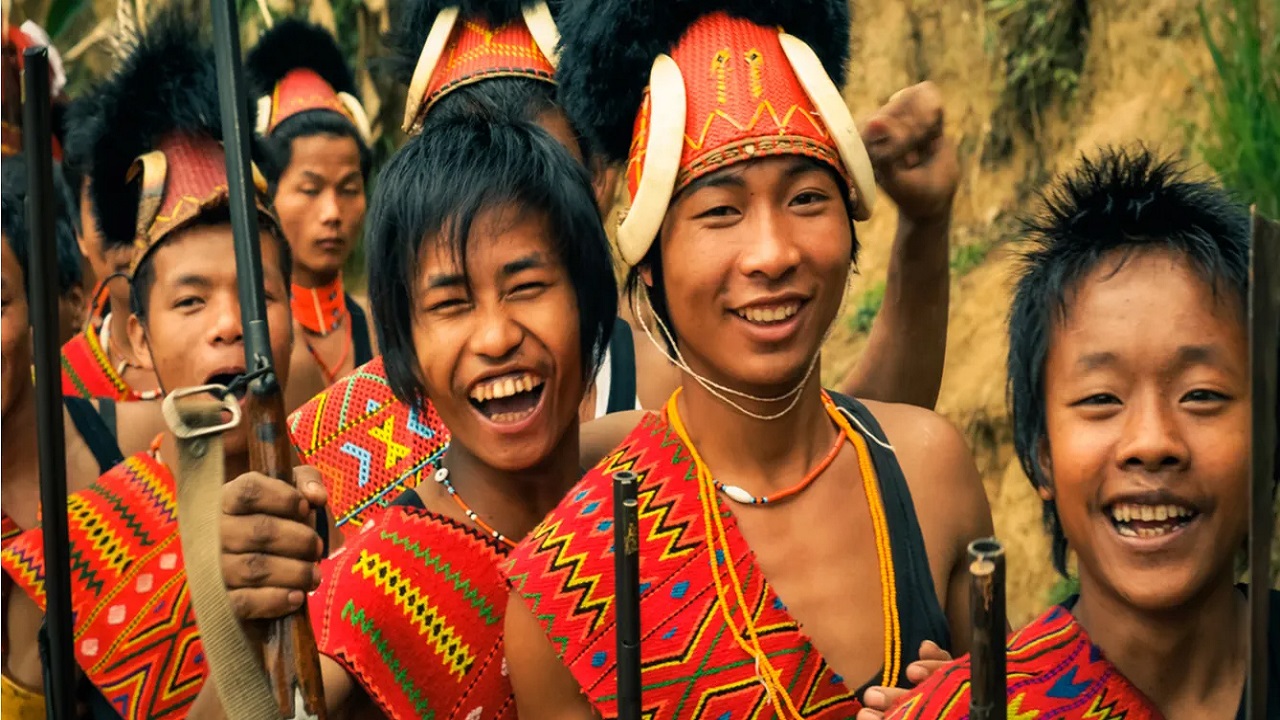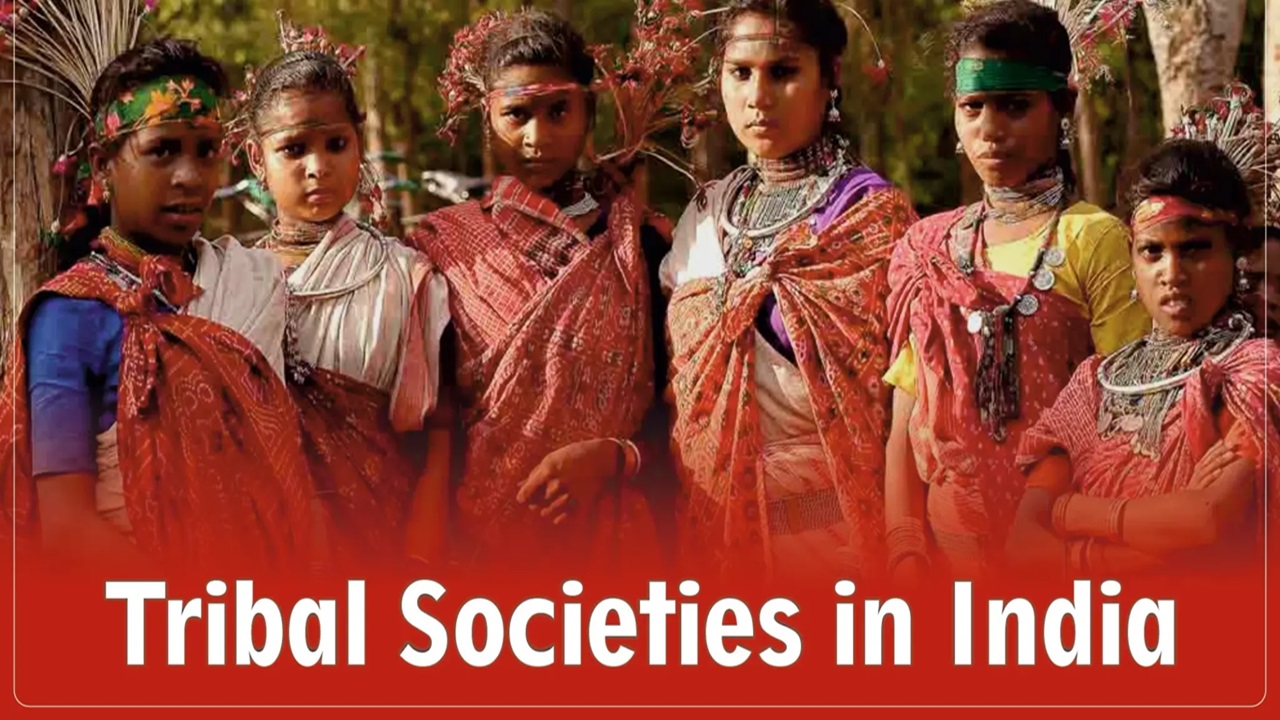Tribal Food Security: Issues, Initiatives, and the Way Forward
Introduction
Many tribal communities in India struggle with food insecurity and malnutrition despite government welfare programs. Poor diets, poverty, lack of awareness, and gender inequality make the problem worse. Children suffer from stunted growth, anemia, and poor health. Women and girls often get less food and nutrition than men.
In states like Odisha, Jharkhand, Chhattisgarh, and Madhya Pradesh, tribal people face severe food shortages and nutritional deficiencies.
Recent Findings on Malnutrition in Tribals
- NFSA Report (2013): Highlights poverty and malnutrition in Odisha’s tribal areas.
- Worst-affected districts: Kandhamal, Rayagada, and Koraput.
- Mango kernel consumption in Kandhamal: A sign of extreme food insecurity.
- Past incidents (1987, 1995, 2001): Deaths due to eating mango kernels in Rayagada, Odisha.
Challenges of Food Insecurity and Malnutrition
- Poor Diet Diversity: Mostly rice and maize, with little access to vegetables, fruits, and proteins.
- High Malnutrition (NFHS-5, 2019-21):
- 43% children stunted, 33% underweight, 50% anemic in Koraput.
- Low Awareness: Many don’t understand balanced diets or know about nutrition programs.
- Small Land Holdings: Only subsistence farming, leading to seasonal food shortages.
- Gender Inequality: Women and girls eat last, get less nutritious food, affecting maternal and child health.
The Koraput Model: A Community-Based Solution
The M. S. Swaminathan Research Foundation (MSSRF) launched the Koraput Model (2013-2022) to improve food security and nutrition.
Key Features
- Nutrition Awareness: Villagers trained on healthy eating. Women and children prioritized.
- Diversified Farming: Encouraged home gardens, mushroom farming, vermicomposting.
- Community Involvement: Group discussions on better food choices. Women-led groups promoted nutrition awareness.
- Government Integration: Helped people access nutrition schemes.
Impact
- Improved food security, better diets.
- More vegetables, fruits, and dairy in meals.
- Women gained decision-making power in family nutrition.
- Less dependence on external food sources.
Government Programs for Tribal Nutrition
- PVTGs Development Program: Supports healthcare, education, clean water for tribal groups.
- Nikshay Mitra Initiative: TB patients get nutrition, diagnosis, and support.
- Sickle Cell Anemia Mission: Affordable care for tribal patients with sickle cell disease.
- Dharti Aaba Janjatiya Gram Utkarsh Abhiyan: Healthcare, education, and livelihood support in tribal villages.
Conclusion
Tribal communities continue to face hunger and malnutrition due to poor diets, poverty, and lack of awareness. The Koraput Model shows that community-driven efforts, better farming, and nutrition education can improve food security. Expanding such models across India can help tribal populations lead healthier lives.




Comments (0)